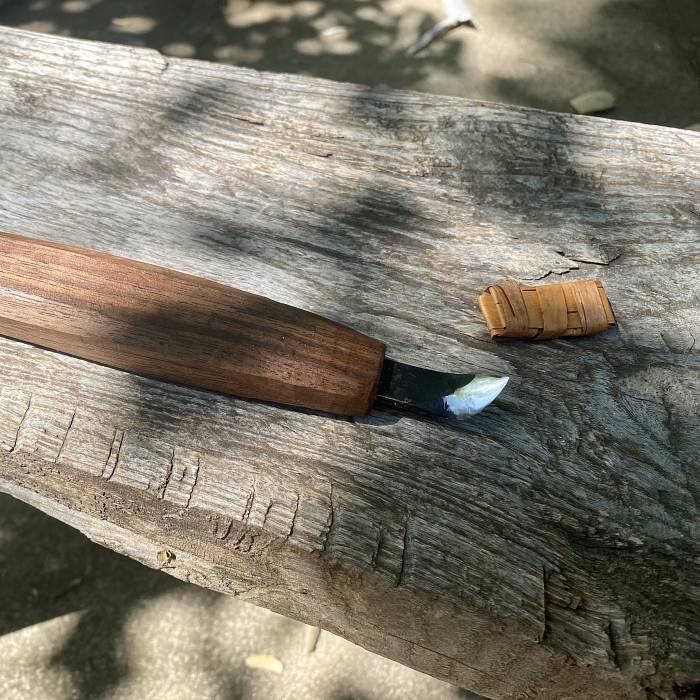
Course
Tool-Making for Woodworkers and Others
Course Overview
This course is an introduction to working with and heat-treating the common high-carbon steels used for edge tools. We will discuss the strengths and weaknesses of different steel types and put this knowledge into practice by creating several tools. We will analyze a number of different tools and compare their performance. Can you really make a nice, working knife from an old file? Blacksmiths and toolmakers know that you can, and we will do it in this class. We will each make a scratch awl and a small carving knife to start, but additional tools like marking knifes, scrapers, small chisels, and larger or curved knives are all possibilities. For those interested in a more complex project, an optional 4th day of shop time and instruction is available for $50 in tuition. Please register for the one day class listed separately if interested in additional instruction.
This is a course designed as an introduction to working with and heat-treating common high-carbon steels, the types used as edge tools for most woodworking (and other crafts). We will discuss the different properties, strengths and weaknesses of commonly used tool and alloy steels and how they respond to heat-treatment. We will learn about hardening, tempering and annealing and their effects on steel. We will study and discuss a number of different working edge tools and compare their performance. What defines the best choice of alloy for the different tools' steels?
You may wonder if you can really make a good, usable woodworking chisel or a nice knife from an old file. Blacksmiths and tool-makers know that you can, and we will do it in this class. We will begin by making a simple but elegant scratch awl and proceed with a small carving knife, learning about and practicing heat-treating as we go along. We then will move on to projects such as marking knives, scrapers, small chisels, and larger or curved (spoon carving) knives…even plane blades.
It is very satisfying to use a tool that you have made yourself, and even better when its performance exceeds what is commonly available, and/or it is customized for your own use.
Over the years that this class has been offered, the most common student comment at the completion of this class over the years has been something like "I wish that I had one more day to practice these techniques, or to make a handle for this blade, to finish one more tool, etc...". Give yourself an extra day on campus to complete an extra project, or to refine the tools you have made with the guidance of the instructor. One additional project will be demonstrated, but students can use this day in the shop is whatever way works best for them.
Required Tools
- Safety glasses
- Gloves
- Apron
- Files
- Wood for handles (if needed)
- Sandpaper assortment
